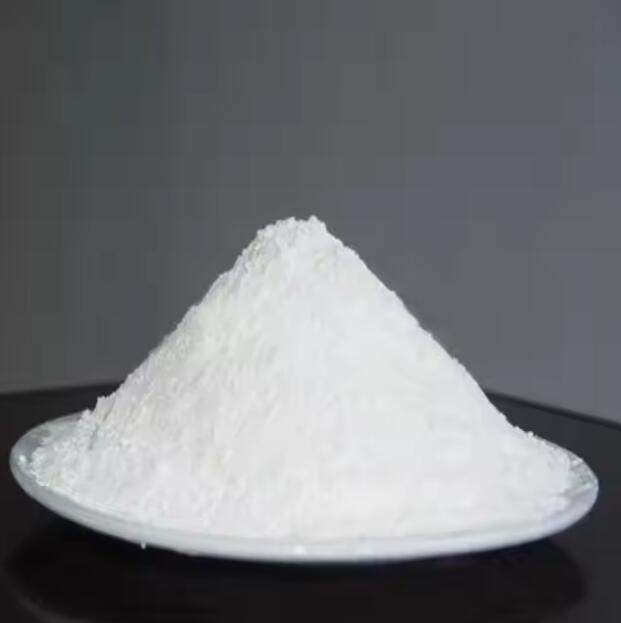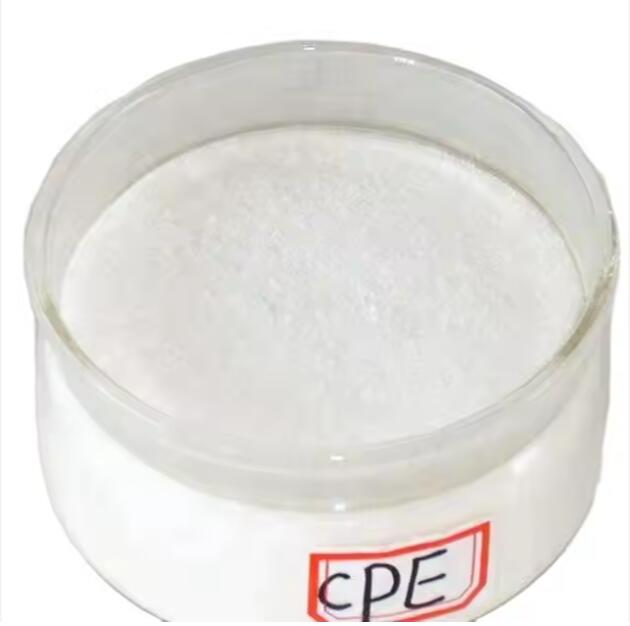PVC processing aids are additives that improve the melt flow, moldability, surface quality, and stability of PVC during manufacturing. Below are key types with specific examples and their roles:
- Lubricants
-
- Function: Reduce friction between PVC melt and processing equipment (e.g., extruder screws, mold walls) to prevent sticking, improve flow, and enhance surface smoothness of finished products.
-
- Examples:
-
-
- Internal Lubricants: Stearic acid, butyl stearate (reduce internal friction of PVC molecules, aiding melt uniformity).
-
-
-
- External Lubricants: Paraffin wax, polyethylene wax (form a protective film on equipment surfaces, preventing PVC from adhering to molds/dies—critical for extrusion of pipes/profiles and calendering of films).
-
- Heat Stabilizers
-
- Function: Prevent PVC from decomposing (releasing toxic HCl gas) at high processing temperatures (160–220°C) and maintain material integrity.
-
- Examples:
-
-
- Calcium-Zinc (Ca-Zn) Stabilizers: Environmentally friendly, widely used in food-contact PVC (e.g., packaging films) and medical products (e.g., infusion tubes).
-
-
-
- Lead Stabilizers: High heat resistance, used in rigid PVC products like pipes and electrical sheaths (note: restricted in EU due to toxicity).
-
-
-
- Organotin Stabilizers: Excellent transparency, suitable for clear PVC (e.g., injection-molded toy parts, clear sheets).
-
- Impact Modifiers
-
- Function: Improve PVC’s brittleness, enhancing impact resistance—especially critical for rigid PVC products processed via extrusion or injection molding.
-
- Examples:
-
-
- CPE 135A: As discussed earlier, used to modify PVC 门窗异型材 (door/window profiles) and pipes to withstand collisions.
-
-
-
- ACR (Acrylic Impact Modifiers): Enhance low-temperature toughness and surface gloss, ideal for injection-molded fittings (e.g., pipe elbows) and rigid sheets.
-
-
-
- MBS (Methyl Methacrylate-Butadiene-Styrene): Boost impact strength while maintaining transparency, used in clear PVC products like display cases.
-
- Plasticizers
-
- Function: Increase PVC flexibility by reducing intermolecular forces, enabling processing of soft PVC products.
-
- Examples:
-
-
- DOP (Dioctyl Phthalate): Cost-effective, used in flexible PVC items like floor mats (calendered), cable sheaths (extruded), and inflatable products (blow-molded).
-
-
-
- DOTP (Dioctyl Terephthalate): Non-phthalate, eco-friendly alternative for toys, medical gloves, and food-contact films.
-
- Flow Promoters (Processing Aids 狭义)
-
- Function: Improve melt fluidity of rigid PVC (which has poor inherent flow) to facilitate filling of complex molds (e.g., injection-molded junction boxes).
-
- Examples:
-
-
- ACR Processing Aids (e.g., K-120P): Reduce melt viscosity, ensuring uniform filling of intricate mold cavities—key for injection molding of small, detailed parts.
-
-
-
- Styrene-Acrylate Copolymers: Enhance melt strength, preventing sagging during extrusion of thin-walled profiles.
-
- Foaming Agents
-
- Function: Release gas during processing to create a porous (foamed) structure in PVC—used exclusively in foaming molding.
-
- Examples:
-
-
- Azodicarbonamide (ADC): Releases nitrogen gas at 160–200°C, used for PVC foam boards (extruded) and insulation pipes.
-
-
-
- Sodium Bicarbonate (Baking Soda): Low-cost, used in low-density foam products like lightweight packaging materials.
-



